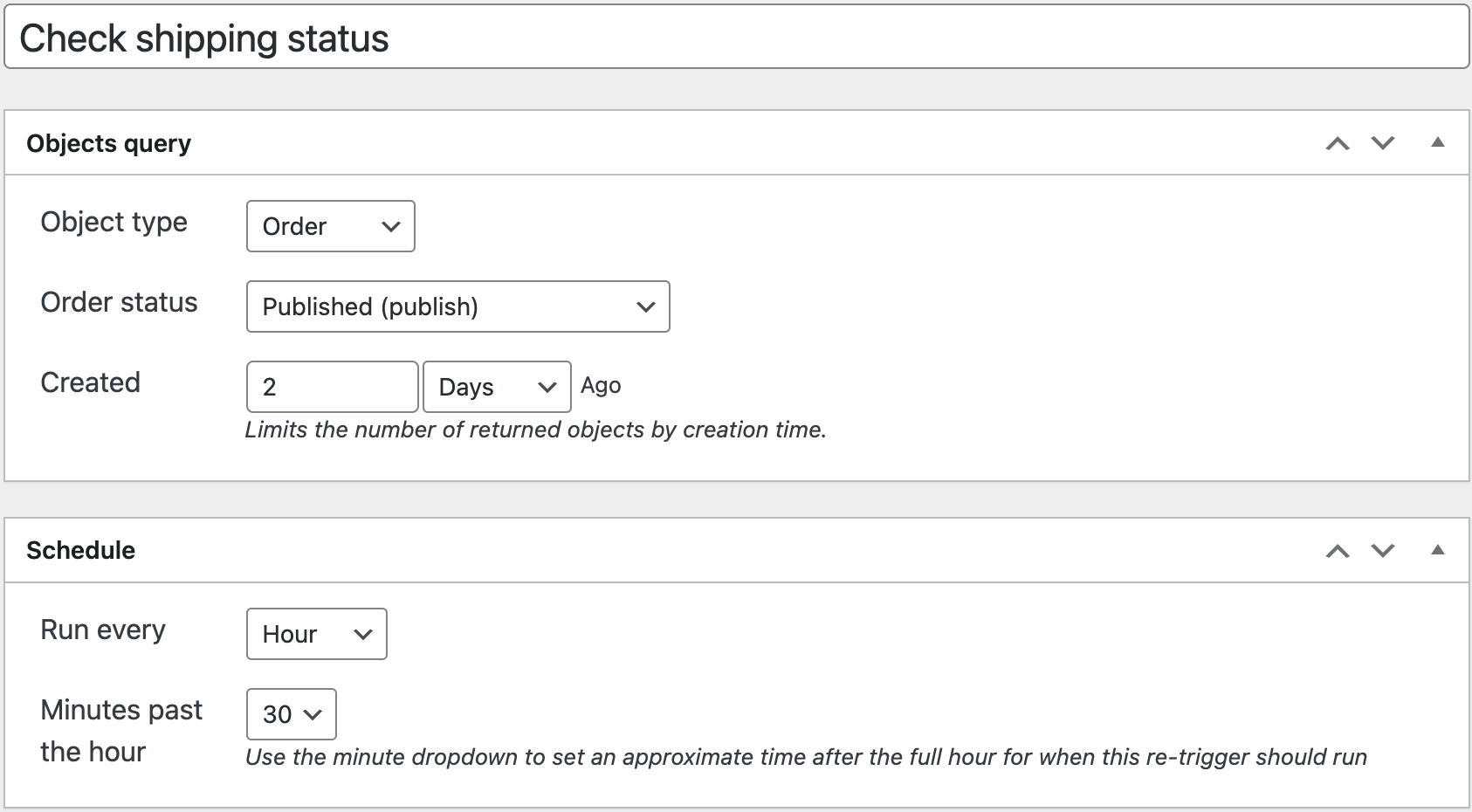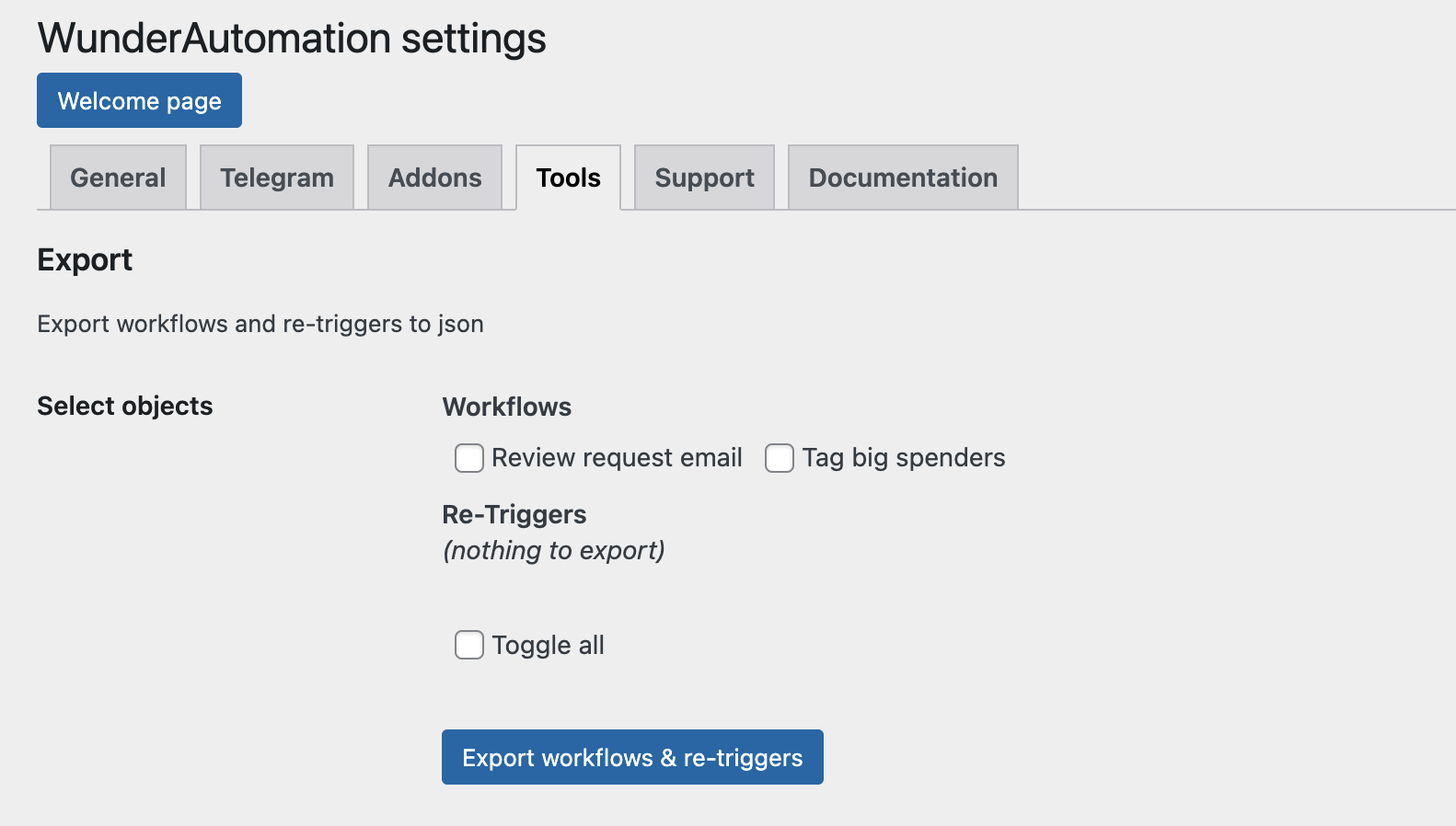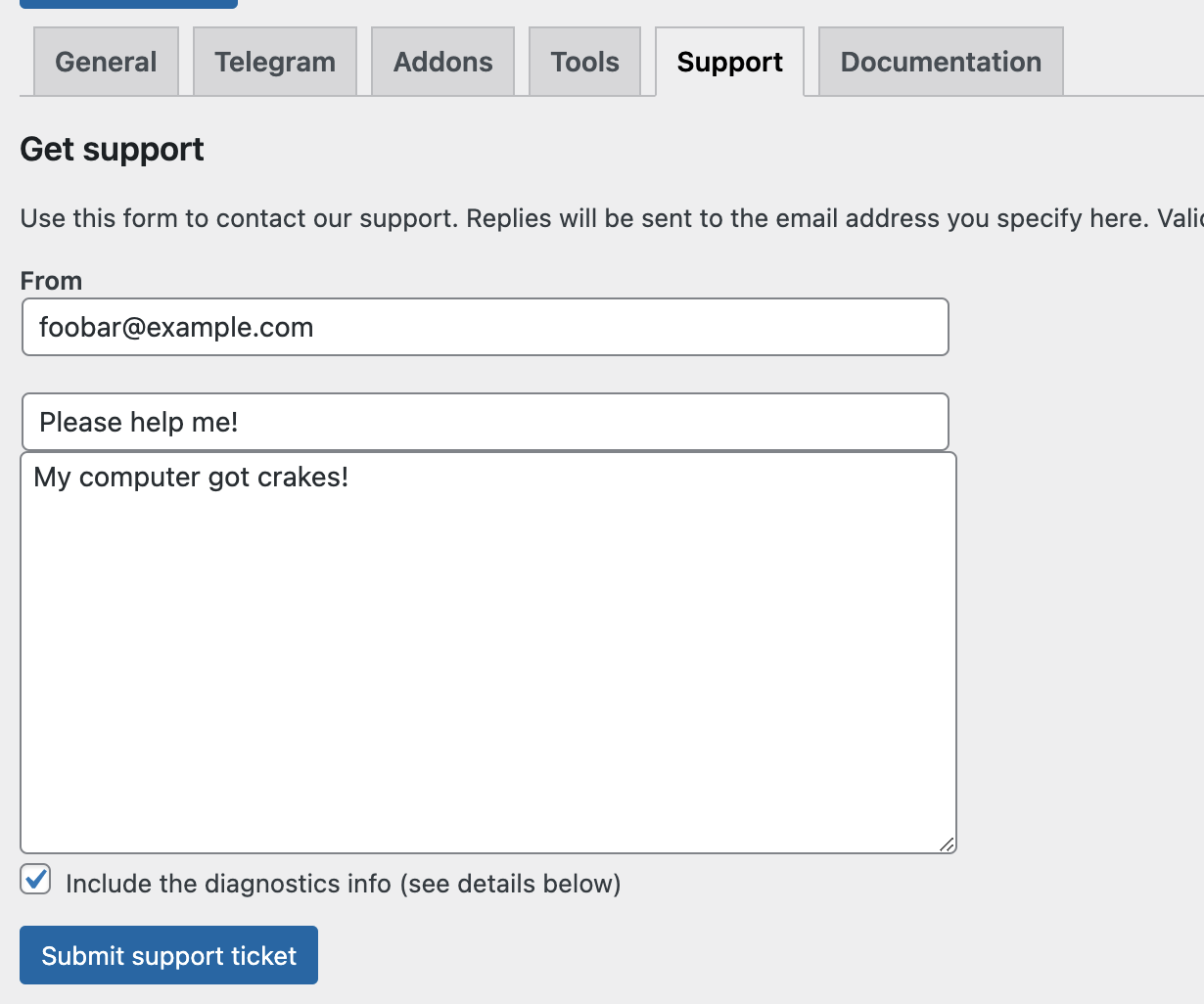Introducing WunderAutomation 1.9
Today we’re proud to announce version 1.9 of WunderAutomation and WunderAutomation Pro. It’s been a while since we published news about a new release so in this post, we’re covering new stuff from the past 3 major releases. It’s quite a lot.
The big stuff – what’s new?
WunderAutomation Pro
Up until recently we have provided WunderAutomation for free and offered several premium add-ons via our own web page. There have been a total of 8 different add-ons available starting from $59/year. The thing is that if you needed more than one of these add-ons, or perhaps even three or four of them, the yearly pricing got a little steep for some. So we’ve changed that now.
From now on all add-on functionality is included in one plugin named WunderAutomation Pro priced at $99/year for new users. Existing users of any of our premium add-ons get grandfathered in so we promise that no one ends up paying more than they did previously. We’ve also updated our license checking service so that any currently active license for any of our separate add-ons is automatically a valid license for WunderAutomation Pro. In essence, all existing premium users have just been upgraded. You’re welcome.
We hope this model is a lot easier to understand and leads to more users testing out all the cool features we have available in Pro. Our personal favorite is the Slack integration. We use it to get Slack notifications for just about anything that happens on our site, sales, coupon usage, password changes, support requests, and whatnot, feels good to know that more users will be able to use it now.
Note that the Google Sheets add-on is still sold separately. We’re working on some big improvements for this add-on and once those are done we plan to make it part of WunderAutomation Pro.
BuddyPress and BuddyBoss
We have added support for BuddyPress and BuddyBoss, the goto solutions for adding social functionality to WordPress. In this first version, our support for these two plugins is focused on working with groups.

We have added triggers that fire when a member signs up, is activated, joins or leaves a group, or requests membership for a private group. We have added filters and parameters that give you access to group details and custom profile fields for members. Lastly, we have added actions to create groups, add or remove members from a group or invite a member to a group. In short, everything you should need to use automated workflows for managing your groups.
Support for BuddyPress and BuddyBoss is available in WunderAutomation Pro.
Re-triggers

Re-triggers are a new feature that you may have to experience before you realize just how cool it is. Normally in WunderAutomation, you set up a workflow to be triggered by something that just happened on your WordPress site. It can be "user just logged in", "order was just completed" or "a new comment was added" etc. A re-trigger is a way to start a workflow after the fact. When a re-trigger runs, the following happens:
- We look at all objects (posts/orders/users etc.) created in the past N days.
- For each of these objects, we check if it passes a simple WunderAutomation filter. For a WooCommerce order, this can be the order total amount. For a user, it can be the total login count, for a post, it can be if it belongs to a specific category or tag. Just like any other filter.
- All objects that pass the filter are then passed on to a workflow. The workflow works just like any other WunderAutomation workflow that can run filters and actions. But instead of being triggered by something that happened just now, it is triggered by….well, our re-trigger.
We have tested this together with a few beta customers and the creativity has been marvelous. We have one customer who is using re-triggers to send out email reminders to users that haven’t logged into the site in a while. Another customer uses re-triggers to send out emails asking for reviews to customers that purchased a specific product. Our favorite use case is probably on our own site where we have started using re-triggers to send out email reminders a few weeks before the yearly license fee is charged to the user’s credit card.
Re-triggers are available in both the free and pro versions of WunderAutomation. The pro version has a more advanced scheduler compared to the free. The pro scheduler allows re-triggers to be executed hourly, daily weekly as well as monthly while the free version just allows daily re-triggers.
Part of the secret sauce behind re-triggers is that we use the action scheduler library that was originally built for WooCommerce. Besides being a rock-solid and battle-tested scheduling library it also comes with a user interface that lets you see which tasks are pending and interact with them. This also lets us remove our internal "Queue" screen in WunderAutomation.
Export and import workflows

Some of our users are honestly surprised that it took us this long. But now we finally have support for exporting and importing workflows. This allows you to move and copy workflows between sites. Perfect if you want to test out a workflow on a local WordPress installation and easily move it to production when you are ready.
Testers wanted: We are looking at various ways to improve this feature to make it easy to import workflows as part of deploying a site from development to production. This could be in form of a wp-cli command or similar, we are open to ideas. If you want to help us out to get that feature just right, we want to get in touch with you. Send us an email at hello@wundermatics.com and tell us how you would need this to work.
Injecting objects
Just like the re-trigger feature, this sounds a bit boring but is actually kind of a big deal.

WordPress grows more and more competent for every release and combined with plugins like Advanced Custom Fields and Custom Post Types UI it’s possible to set up fairly complex data structures. If one of your workflows needs to access properties from another WordPress object it’s now possible to do that using the Add Objects action. Just as the name suggests, this action will inject a new WordPress object into the workflow and once it’s there you can use it for filtering and accessing properties via parameters.
Whenever you have a field in a post, user, or order that is a reference to another WordPress object. That other object can now be accessed in your workflows too. We’re working on a few pretty cool tutorials about how to leverage this in real-life situations.
Other updates
Ok so those are the big changes, but there’s lots of other good stuff as well.
WooCommerce order numbers
Out of the box, WooCommerce uses the internal WordPress post id as the order number which works great for most users. A downside is that the number series of unique ids is shared with blog posts, pages, post revisions, and a whole lot of other items in WordPress. If you need to have strictly sequential order numbers or perhaps a date prefix, you can install a plugin that fixes that for you. WooCommerce supports this by offering the order.number property that normally just returns the internal database ID for the order. But if you have one of those plugins that provide sequential order numbers, they will override this and return your fancy order number instead.
In this release of WunderAutomation, we have added support for filtering for order numbers and using them in actions in the form of parameters.
Support for WooCommerce PDF Invoices & Packing Slips
In our ongoing efforts to support WooCommerce, we have added support for the popular WooCommerce PDF Invoices & Packing Slips plugin. Initially, we provide access to Invoice dates, numbers, and notes via filters and parameters.
Post saved trigger detects post meta changes

We don’t have statistics (because we don’t track users) but we are fairly sure that the most used trigger in WunderAutomation is Post Saved. But It’s quite common that updating a post actually just means updating values in the post meta table. Until version 1.6 these changes have been undetected by WunderAutomation.
In version 1.8 we introduced an option to the Post Saved trigger that makes it possible to also detect changes that are purely in post meta. As it happens, this makes it entirely a lot easier to integrate with the fairly (understatement of the year) popular Ninja forms plugin and we’re currently working on a tutorial for just that. Stay tuned.
Date filters
We also added a couple of filters that make it possible to work with dates in various ways. Want to restrict a workflow to only run during office hours on Mondays and Tuesdays? We got you covered:

Easier to get support
A fairly common pattern when users reach out to us for support is that our first email is just to ask for more information. This is time-consuming for both users and ourselves so in an attempt to fix this we have added a support form inside the plugin:

The neat thing with using this form is that it will attach a bunch of diagnostic information about your WordPress site that helps us troubleshoot the issue much quicker. We’ve had this form live in the plugin for a few weeks now and we’re seeing an increase in the number of support issues we manage to solve on the first attempt. A fancy word for this is "first contact resolution, we prefer to just call it good service.
If you need to contact us with a support issue, we will be happy if you use the support form from inside the plugin instead of just writing an email. You find it under Settings >> Support.
That’s all folks!
That’s it! This is all we had for you this time around. We hope our minor outage from the plugin repository didn’t cause you any issues and that the new features in WunderAutomation help you build even better workflows.
If you have questions about this release or need support for any one of our products, don’t hesitate to get in touch.
